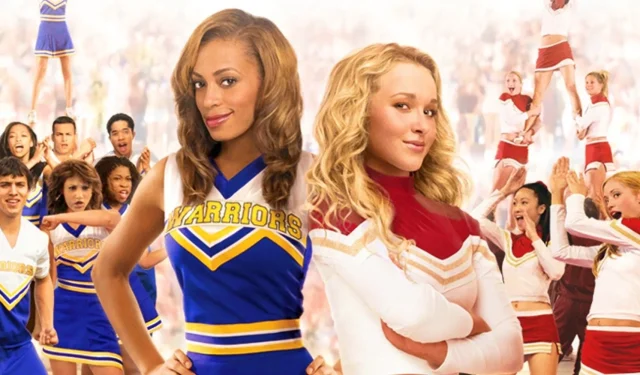
The Bring It On film series consists of seven distinct movies, each of which can be enjoyed in release order or any sequence the viewer prefers. The franchise kicked off in 2000 with the debut of the first Bring It On film, directed by Peyton Reed, known for his work on the Ant-Man series. The narrative centers on Torrance Shipman (played by Kirsten Dunst), a high school cheer captain who must devise an innovative routine for her team, the Toros, after discovering that her predecessor has copied the choreography from their rivals, the East Compton Clovers, led by Gabrielle Union’s character, Isis.
Initially overlooked as just another teen comedy, Bring It On has transcended its expectations and gained a cult following. Its success stems from an insightful examination of race, class, and cultural appropriation, using the contrasting backgrounds of the affluent, predominantly white Toros and the predominantly Black, low-income East Compton Clovers. Each installment within the series features a unique cast and setting, with only thematic connections binding them together.
Bring It On (2000)
The Best Bring It On Movie
While the film excels in many areas, one critique is that the East Compton Clovers, spearheaded by Isis, could have played a more significant role in the storyline. The original film remains the standout of the series, showcasing an impressive ensemble cast. Kirsten Dunst leads as Torrance, where she and her fellow cheerleaders uncover that their cheer routines were appropriated from a rival school. This revelation comes courtesy of newcomer Missy (Eliza Dushku), whose previous team faced off against the Toros.
Seeking to prove their worth and originality, Torrance and her squad embark on a mission to create their own competitive routines, while their counterparts, the Clovers, strive for their own success in the national championship. This narrative highlights the disparity in opportunities faced by both teams, emphasizing the socio-economic divide.
The East Compton Clovers includes members from Blaque, including Shamari DeVoe, Natina Reed, and Brandi Williams, who also contribute to the film’s soundtrack.
Bring It On Again (2004)
The First Sequel Falls Short of the Original
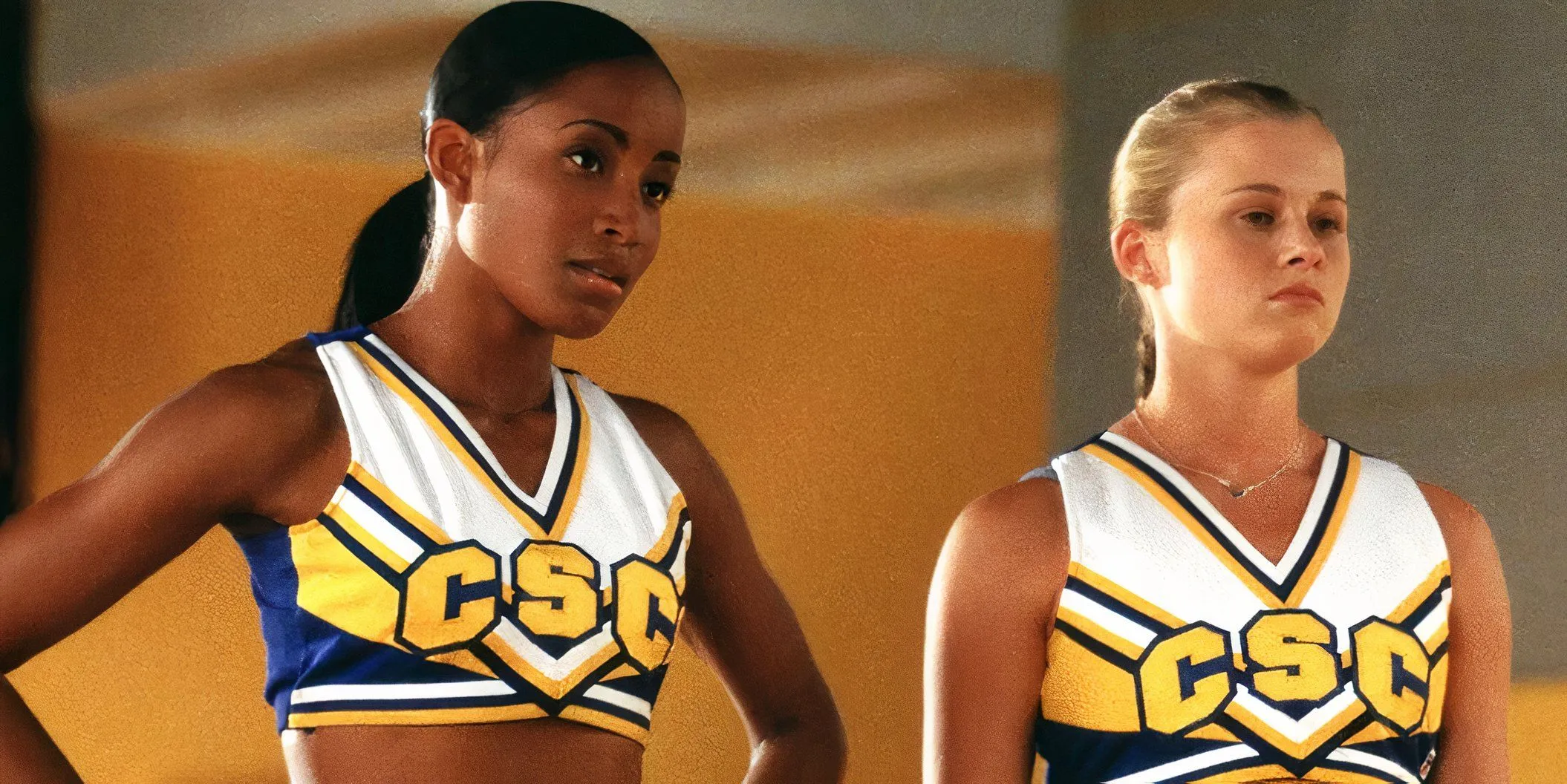
The first sequel retains backing from the original movie’s producers, yet shifts focus to collegiate cheerleading, diverging entirely from its predecessor’s cast and characters. This time, the competition is more intense, taking place in a college setting. The story follows Whittier (Anne Judson-Yager) and her cheer camp friend, Monica (Faune A. Chambers), as they attempt to join their university’s demanding varsity cheer squad, paving the way for their own inclusive team to emerge amidst rivalry and betrayal.
This installment effectively showcases cheerleading as a legitimate competitive sport, shedding light on the challenges faced by the new team, composed of outcasts from various campus organizations, including dance and drama, highlighting the sport’s diverse nature. However, some aspects remain unrealistic as most collegiate cheerleaders typically possess considerable prior experience in cheer or dance.
Bring It On: All Or Nothing (2006)
All Or Nothing Has One of the Best Casts
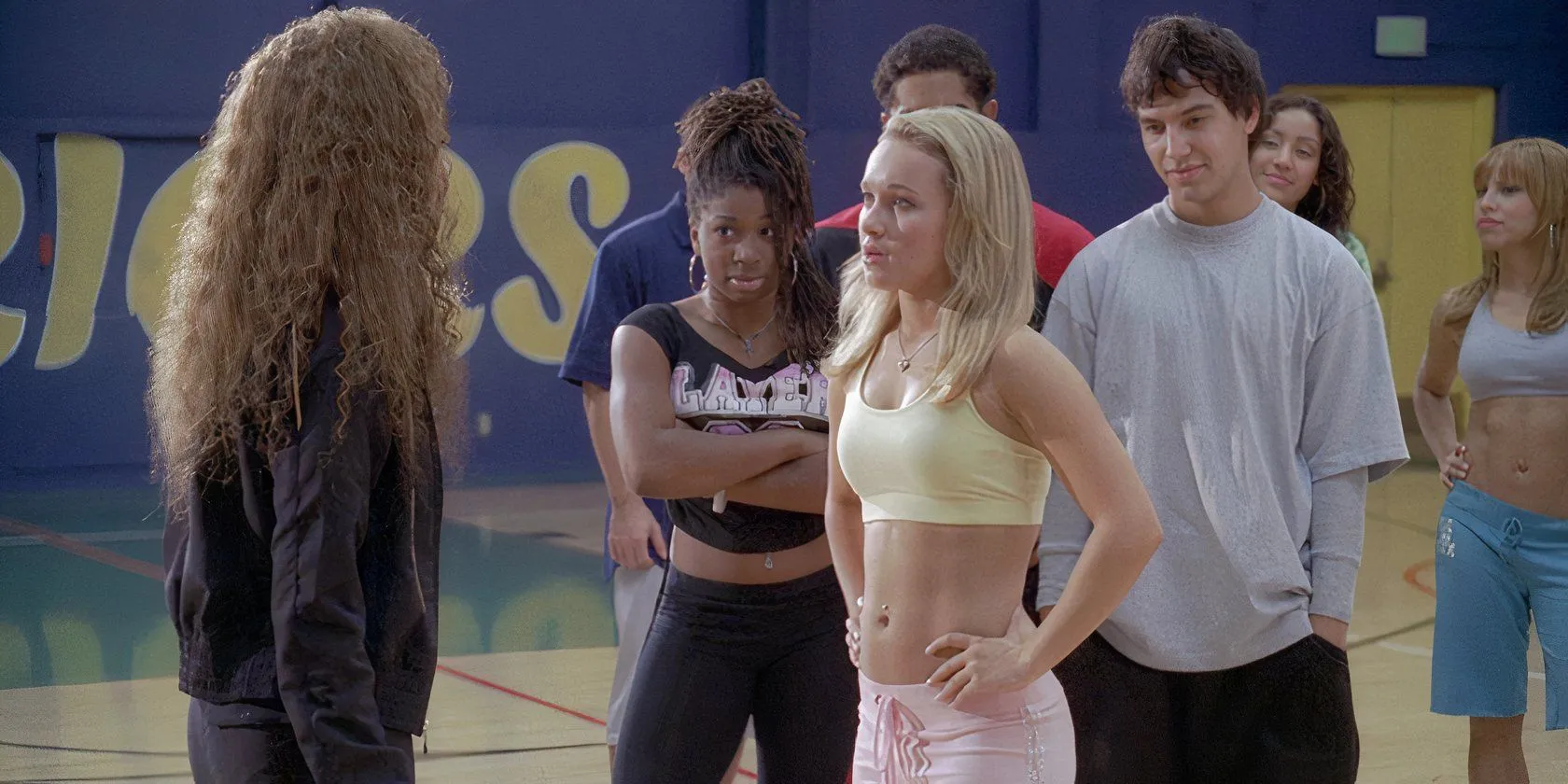
Returning to a high school setting, Bring It On: All Or Nothing lacks direct connection to previous films yet introduces fresh stakes: a coveted spot in a Rihanna music video for the winning squad. The narrative pivots around a wealthy cheer captain who must adapt after her family’s financial downturn forces her to transfer to a public school, leading to a clash with her new peers.
Starring Hayden Panettiere as the protagonist, this entry features Solange Knowles as the rival captain, creating engaging dynamics. The supporting cast, including Francia Raisa and Giovannie Samuels, enriches the film with both talent and humor.
All Or Nothing creatively integrates crumping into cheer routines, showcasing individuality despite some actors struggling with the dance style. This innovation adds a modern flair to cheerleading performances, veering away from conventional choreography.
Bring It On: In It To Win It (2007)
The West Side Story Cheerleading Story
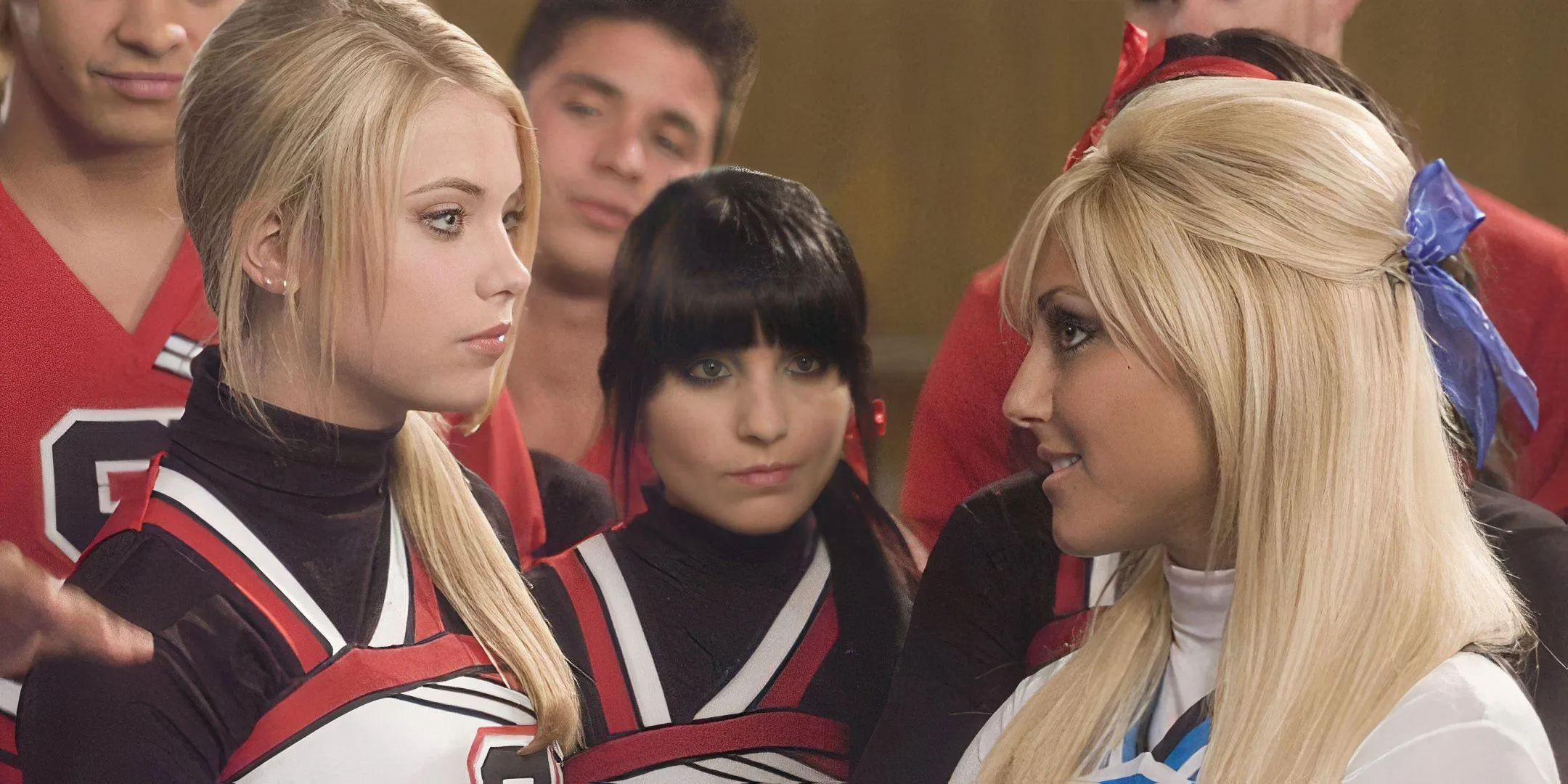
This entry distinguishes itself by being filmed at Universal Orlando’s resort, adding a unique backdrop to the cheerleading rivalry. Bring It On: In It To Win It cleverly merges the spirited nature of West Side Story into its narrative, portraying fierce competitions between cheer teams that evoke classic dance-off battles.
Rival squads, named after the iconic Sharks and Jets, navigate their feuds, creating tension when a captain from one team finds herself attracted to another team member. Coupled with dynamic on-location filming, this installment features captivating routines and character development.
While critical reception may not have been overwhelmingly positive, it stands as a testament to the potential of direct-to-video sequels, presenting characters who grow beyond initial stereotypes while delivering entertaining cheer sequences.
Bring It On: Fight To The Finish (2009)
All Or Nothing In Reverse
For fans of Bring It On: All Or Nothing, the premise of Bring It On: Fight To The Finish flips the narrative on its head. The story continues to explore differing socio-economic backgrounds, focusing on Christina Milian’s character, a high school athlete who relocates to a wealthier area after her mother’s marriage.
Faced with cultural adjustments and hostility from her new cheerleading squad, she connects with her stepsister, who belongs to a struggling cheer team, helping them to rise against challenges in competitions. Notably, Christina Milian was 27 when she portrayed a high school student, paralleling Gabrielle Union’s age in her original role.
Bring It On: Worldwide #Cheersmack (2017)
Bring It On For The Digital Age
This installment attempts to modernize the Bring It On franchise after an eight-year hiatus. Though disconnected from previous films, it introduces Cheer Goddess, a podcast host portrayed by the talented Vivica A. Fox.
Focusing on a cheerleading captain who becomes increasingly authoritarian, the story escalates when her routines are sabotaged by a group of masked challengers. Seeking assistance from street dancers leads to internal conflict as she learns the toll of her leadership style during their competition.
Despite its intriguing premise aiming for social media relevance, the film unfortunately fails to match the charm of prior installments, with critiqued pacing and reliance on digital culture aspects that seem out of sync with the series’ essence.
Bring It On: Cheer Or Die (2022)
The Horror Entry In The Franchise
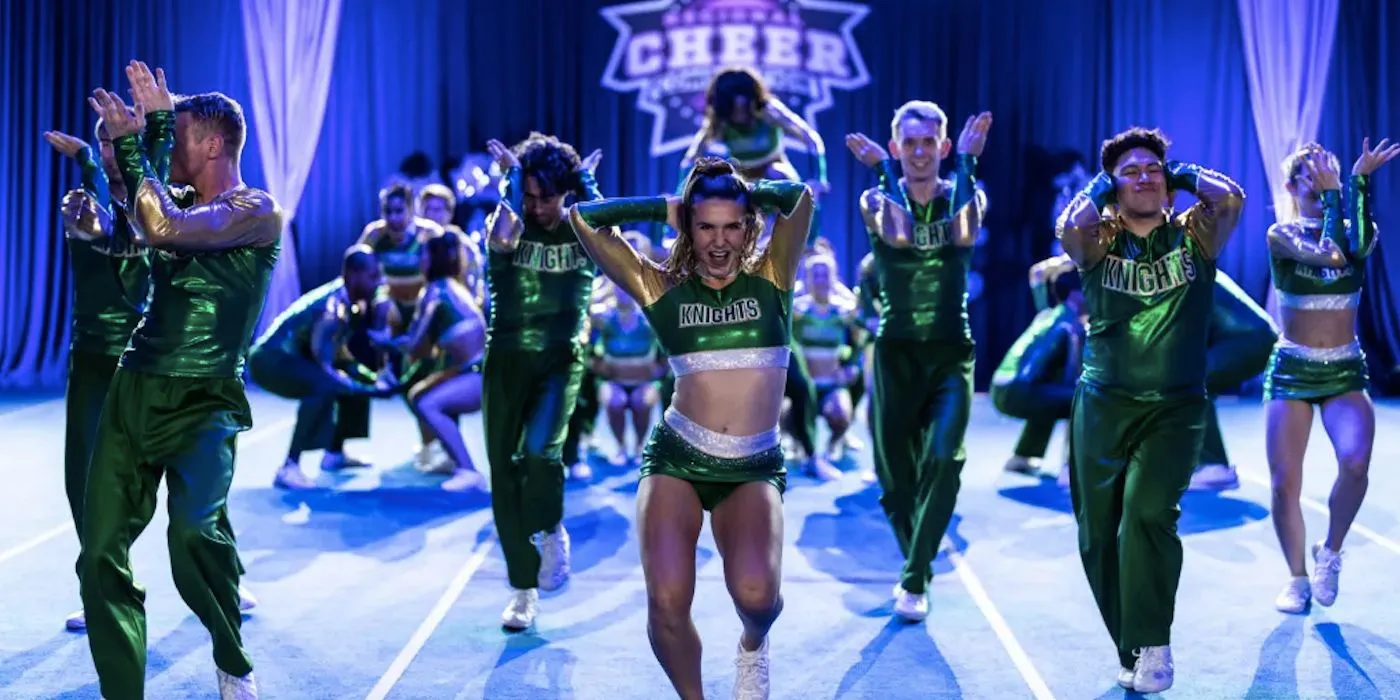
Bring It On: Cheer Or Die takes a bold step by introducing horror elements into the cheerleading genre. This film features a cheer squad practicing in an abandoned school, where they face a malevolent entity during their rehearsals.
Although the stunts remain impressive, the narrative struggles to keep pace with typical slasher films. The film’s slow build detracts from the thrill expected in a horror movie, while the cheerleading aspect feels overshadowed, leaving audiences wanting more.
The film’s potential to capture the campy spirit of Bring It On: In It To Win It is regrettably unfulfilled, and it may mark the concluding chapter of the Bring It On series without revival unless a long-awaited sequel to the original materializes.




Leave a Reply